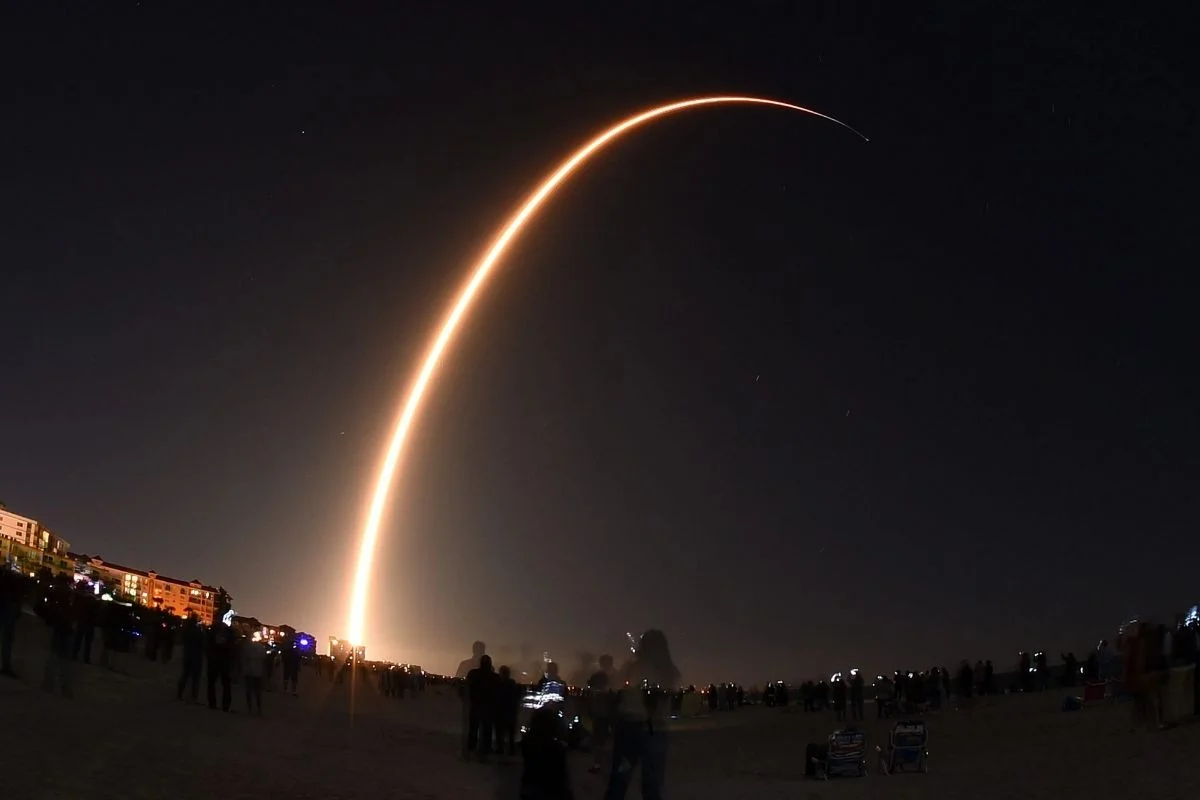
Out of all the projects that Tesla and SpaceX CEO, Elon Musk has taken up, Starlink is one of its kind. As per this project, the company would be launching Low Earth orbit satellites to provide internet connectivity to its users. Now previously, people were skeptical about the launch of Starlink and doubtful about the speeds that it would be able to provide. However, now it appears that Starlink is actually meeting the standards set by the traditional broadband wired connections. Also, a few months back, the company’s CEO had said that it would start providing the service globally after crossing the strategic figure of 69,420 active users.
Starlink to Soon Target Global Customers
One of the most popular speed test websites, Ookla conducted speed tests of three similar services namely HughesNet, Starlink and Viasat. Out of these three, it was found that Starlink far outcompeted its competitors and far outweighed the expectations which it set in the quarters before. As per the data available from Ookla, Starlink registered a median download speed of 97.23 Mbps during Q2 2021 (up from 65.72 Mbps in Q1 2021).
The second in the line was HughesNet with a median download speed of 19.73 Mbps (15.07 Mbps in Q1 2021) and Viasat on the third spot with the download speed of 18.13 Mbps (17.67 Mbps in Q1 2021). The figures were taken for the second quarter of the present year. To give you a clear picture of how Starlink measures against the broadband download speeds in the USA, the median wired broadband download speed is registered at 115.22 Mbps. So, it suffices to say that even though Starlink is close, it has not yet reached the levels of wired broadband.
Impressive Upload Speeds by Starlink
When it comes to upload speeds too, Starlink performed impressively with upload speeds of 13.89 Mbps. In comparison, fixed broadband speeds on the upload front register at 17.18 Mbps in Q2 2021, 15.99 Mbps in Q1 2021. In the upload speed department, Viasat performed better than HughesNet with 3.38 Mbps while the upload speed of HughesNet was at 2.43 Mbps. Currently, Starlink has 1,800 satellites in the orbit. The reason why Starlink remains faster than the other two services is that it has LEO satellites that are closer to the earth’s surface as compared to the geosynchronous satellites.















